If you weren't paying attention to Oppo before, now's the time to start.
Find X2 Pro review
Although a behemoth in Asia, Oppo is still relatively new to Western markets. The past year saw a few high-profile launches for the brand, but Oppo still has a way to go in terms of brand recognition and perception in Europe.
So in 2020, the company has reorganized its often confusing collection of flagships, positioning the Find X line as its main high-end brand. The new phone, the Oppo Find X2 Pro, isn't an outlandish, borderline experimental device like the original Find X. Instead, Oppo's goal has just been to build a really solid, top-to-bottom Android flagship that ticks every possible box.
And having spent a little under two weeks getting to know the Find X2 Pro, it's clear to me that this is one of the best Android phones of the moment.
At a glance
Oppo Find X2 Pro
Bottom line: If you weren't paying attention to Oppo before, now's the time to start. The company's new standard-bearer delivers everything you'd want out of a 2020 flagship, from display to camera to design. Although not cheap, the Find X2 Pro justifies its high price just as much as any other competitor in this category.
The Good
- Gorgeous 120Hz display
- Pleasing design, especially in "vegan leather"
- Capable camera setup with smooth stabilized video
- ColorOS adds some genuinely useful features
The Bad
- Some software quirks
- No wireless charging
- Oppo's slow platform update track record
See at Carphone Warehouse See at Amazon UK
About this review
This review was written after just over two weeks with a European 5G Oppo Find X2 Pro (model CPH2025) in orange "vegan leather." For the first few days of the review period it was running software version A.04, before receiving an update to A.06. Oppo has informed us that this is not yet final firmware and that further bug fixes and improvements will arrive before the phone goes on sale in May.
Oppo Find X2 Pro Hardware and Design
Some fans of the original Find X may be disappointed by the move towards a more traditional smartphone design in the follow-up, but the newly slab-shaped, motor-free Find X2 Pro is incredibly well put together. I've been using the Find X2 Pro in orange "vegan leather," which is effectively fancy textured polycarbonate. Sure, any amount of close inspection reveals that this is indeed plastic and not leather. But having used countless glass and metal slabs over the past year, the new material is a breath of fresh air. The outer frame is still fashioned from glossy, polished metal, with a stylized depressed oval shape top and bottom. On the model I've been using, the golden hue complements the orange back panel.
The unique texture of the Find X2 Pro also helps with grip — useful in such a large phone — making it among the least fingerprinty devices I've used of late.
Should you want a more conventional look for your phone, there's also a ceramic-backed Find X2 Pro, which I used briefly at the device's London launch event, and probably feels more like the phone in your pocket right now.
The Find X2 in '"vegan leather'" is an exceptionally pretty phone.
As much as the vegan leather coating dominates the rear of the Find X2 Pro, it's also home to a chunky vertical camera protrusion, which houses a triple-lens array, and a metal Oppo badge down below. I had been concerned that this would quickly pick up knocks and scrapes, but in my first few weeks of use, it's held up pretty well — just one minor scratch towards the bottom of the badge. (Though granted, a decent chunk of that time has been spent indoors owing to the current global health situation.)
Nevertheless, this is an exceptionally pretty phone and one that manages to stand out thanks to its choice of materials and the impressive execution of its design. The hand feel is comfortable, and I found grip and reachability to be less challenging than other similarly sized phones. Haptic feedback, too, is top-notch, with satisfyingly firm taps.
On the inside, the Find X2 Pro is equally impressive. It's powered by Qualcomm's top-tier Snapdragon 865 processor with integrated 5G, along with 12GB of RAM and 256 or 512GB of storage (I've been using the 512GB version).
Oppo's also shipping a standard, non-Pro Find X2, which downgrades the water-resistance spec, the memory, and some of the cameras, to keep the price down.
Oppo Find X2 series hardware specifications
| Category | Find X2 | Find X2 Pro |
|---|---|---|
| Operating system | Android 10 ColorOS 7.1 |
Android 10 ColorOS 7.1 |
| Display | 6.7-inch 120Hz Ultra Vision AMOLED 3168x1440 Gorilla Glass 6 |
6.7-inch 120Hz Ultra Vision AMOLED 3168x1440 Gorilla Glass 6 |
| Chipset | Snapdragon 865 1 x 2.84GHz Kryo 585 3 x 2.42GHz Kryo 585 4 x 1.80GHz Kryo 585 Adreno 650 7nm |
Snapdragon 865 1 x 2.84GHz Kryo 585 3 x 2.42GHz Kryo 585 4 x 1.80GHz Kryo 585 Adreno 650 7nm |
| RAM | 12GB LPDDR5 |
12GB LPDDR5 |
| Storage | 256GB UFS3.0 |
512GB UFS3.0 |
| MicroSD slot | No | No |
| Rear camera 1 | 48MP (IMX586), f/1.7, 1/2-inch OIS, 4K at 60fps |
48MP (IMX689), f/1.7, 1/1.4-inch All-Pixel Omnidirectional PDAF Dual OIS, 4K at 60fps |
| Rear camera 2 | 12MP (IMX708), f/2.2, 1/2.4-inch wide-angle 120-degree FoV |
48MP (IMX586), f/1.7, 1/2-inch wide-angle 120-degree FoV |
| Rear camera 3 | 13MP (IMX616), f/2.4 5x hybrid zoom, 20x digital zoom |
13MP, f/3.0 10x hybrid zoom, 60x digital zoom |
| Front camera | 32MP (IMX616), f/2.4 1080p video |
32MP (IMX616), f/2.4 1080p video |
| Connectivity | Wi-Fi 6 2x2 MIMO Bluetooth 5.1, NFC A-GPS, Beidou |
Wi-Fi 6 2x2 MIMO Bluetooth 5.1, NFC A-GPS, Beidou |
| 5G networks | NSA: n1/3/5/7/28A/41/77/78 SA: 41/78 |
NSA: n1/3/5/7/28A/40/41/77/78/79 SA: 41/78/79 |
| Audio | USB-C Stereo speakers |
USB-C Stereo speakers |
| Battery | 4200mAh (2*2100mAh) Non-removable |
4260mAh (2*2130mAh) Non-removable |
| Charging | USB-C 65W SuperVOOC 2.0 10V/6.5A |
USB-C 65W SuperVOOC 2.0 10V/6.5A |
| Security | In-screen fingerprint | In-screen fingerprint |
| Wireless Charging | No | No |
| Water resistance | IP68 | IP68 |
| Colors | Black Ceramic, Ocean | Black Ceramic, Orange Vegan Leather |
Oppo Find X2 Pro Display
This phone's star attraction is, without a doubt, its display. It's a 6.7-inch Quad HD+ OLED panel packed with proprietary Oppo technology and a glorious 120Hz refresh rate. As you'll know if you've read our Samsung Galaxy S20 series reviews, a high refresh rate like this will instantly ruin any other phone screen for you. The extra fluidity of a high refresh rate, and the accompanying 240Hz touch sampling rate, is a revelation for smartphone performance.
120Hz smoothness will ruin just about every other phone screen for you.
Bezels are minimal, with only the slightest hint of a "chin" area down below, and a subtle curve to the glass surface on the horizontal. The only blemish is the hole-punch selfie camera in the top left corner. This may be a turn-off for some, but it is sure to be one of the major smartphone trends of the year, and I've long since made my peace with the idea that these things are going to be around for the foreseeable future. Even in video playback and photo viewing, where the whole screen is in play, I haven't been particularly bothered by it.
The display is also extensively configurable, from basic tweaks like white balance and color vibrance, to the "O1 Ultra Vision Engine," which can upscale non-HDR and lower-frame-rate video content to up to 120Hz with HDR.
The 120 nits of peak local brightness (or 800 nits total across the panel) also makes for easy daylight visibility, while the lowest brightness levels combined with Dark Mode can help with comfortable late-night viewing.
Anecdotally, I've also found the battery hit of using 120Hz mode (or more accurately, Oppo's Auto Select mode, which dynamically switches from 60-120Hz), to be fairly minimal. The extra hertz are definitely not free, and if battery life is your top priority, then you'll want to stick to the lower refresh rate. But the dilemma of battery life versus display smoothness really hasn't been the source of much anxiety for me.
Oppo Find X2 Pro Battery Life
The Oppo Find X2 Pro packs an ample 4,260mAh battery inside. But it's also a 5G phone with a fast refresh rate and a ton of other whizbang features. As such, I've found battery life to be dependable but not to the same extremes as the (4G, 60Hz) Huawei Mate 30 Pro I recently moved out of. With my usage, I'm getting comfortable four or five hours of screen-on time across a full day of use. That's perfectly fine, but for heavy users, this isn't a two-day phone.
Run-of-the-mill longevity, but lightspeed charging.
That's not such a big deal, though, considering the speed of Oppo's SuperVOOC 2.0 65W wired charging. You'll need to use the special charging brick and cable bundled in the box, but doing so can get you out of the danger zone in just a few minutes. I've stopped worrying about charging overnight, because I know that however low the charge is in the morning, I can be back in action in the time it takes to make a cup of coffee.
For a full charge from dead, Oppo quotes 38 minutes, which broadly matches with my experience.
Finally, the one trade-off in this department: there's no wireless charging on offer here, which is somewhat disappointing when the likes of Huawei are pushing Qi charging to even quicker charging speeds. But if you're happy to stick to wired, you'll get the fastest refills in any smartphone we've so far tested.
Oppo Find X2 Pro Software and Performance
Before using the Find X2 Pro, it'd been a good few years since I'd used an Oppo phone with the company's Android-based ColorOS. To put it mildly, I did not have fond memories of the software: It was overbearing, ugly, and rife with app-breaking bugs.
Fortunately, none of the above applies to the latest ColorOS 7.1 — which, to my surprise, I've actually enjoyed using over the past couple of weeks. Just like Samsung and LG, Oppo has its own distinctive visual style, with green hues, clean whites, and stylized wireframe icons. It's all very easy on the eyes. ColorOS's core apps and UI are pleasantly animated, and thanks to the speedy processor and display, the Find X2 Pro absolutely flies.
ColorOS is actually good now.
That exceptional performance extends to the phone's biometrics. I've found the new, larger optical fingerprint scanner more reliable and slightly faster than the previous generation, especially when using fingers other than my right thumb. The same goes for the face unlock feature, which admittedly isn't as secure as 3D scanning systems used in the iPhone, Google Pixel 4, and others.
I've also found some genuinely useful features in ColorOS, particularly around multitasking. A three-fingered swipe easily splits the screen into multi-window mode — far easier than the multiple taps required to do this in vanilla Android. And the quick shortcut bar allows you to pin certain chat apps, such as WhatsApp, in a kind of floating "chat head," making it far easier to hop between these apps and whatever else you might be doing.
Meanwhile, the preloaded Oppo Relax app comes with soothing ambient sounds and visuals for guided breathing, as well as ambient music and white noise tracks. It sounds like a small thing, but in an increasingly nightmarish year, it's something I think many buyers will be thankful for.
Oppo's home screen launcher lacks Google Feed integration, instead opting for the company's own Smart Assistant panel, a sort of iOS-style widget shelf that's underdeveloped at present and not a whole lot of use.
As with any highly opinionated smartphone software, however, there are some bugbears to note. The most irritating ColorOS feature I've encountered is the default behavior of the status bar, which doesn't show icons for all notifications. Instead, each app has to be manually toggled on. This, in turn, results in a confusing disconnect when only a handful of apps show an icon in the status bar, yet notifications from other apps may be waiting in the notification shade.
What's more, Oppo has a pretty weak track record for Android platform updates, especially compared to the likes of Samsung, which has vastly improved over the past year. Unless Oppo changes tack dramatically, Find X2 Pro owners are likely to face an extended wait for Android 11 and future versions.
Oppo Find X2 Pro Cameras
A note on camera performance: The device we're using hasn't yet received final retail firmware. We'll update our review with impressions from the final firmware when it's available.
Oppo cut its teeth on periscope cameras with last year's Reno series, and the trend of super-long telephotography continues in the Find X2 Pro. Alongside a redesigned (and much larger) main sensor and a capable ultrawide option, the phone features a second-gen 13-megapixel 5X telephoto zoom that's good at up to 10X in hybrid zoom mode.
Oppo Find X2 Pro camera specs
| Camera | Details |
|---|---|
| Rear camera 1 | 48MP (IMX689), f/1.7, 1/1.4-inch All-Pixel Omnidirectional PDAF Dual OIS, 4K at 60fps |
| Rear camera 2 | 48MP (IMX586), f/1.7, 1/2-inch wide-angle 120-degree FoV |
| Rear camera 3 | 13MP, f/3.0 10x hybrid zoom, 60x digital zoom |
| Front camera | 32MP (IMX616), f/2.4 1080p video |
All of the above hardware makes for an incredibly versatile camera setup. The main sensor isn't as large as those seen in Huawei's P40 series, or Samsung's Galaxy S20 Ultra, but nevertheless performs spectacularly across a wide range of scenarios.
Whether you're using the ultrawide or primary sensor, colors are consistent and accurate, with ample dynamic range even in challenging situations like shooting directly into a sunset. In portrait shots, skin tones aren't oversoftened like some Samsung phones. The new main sensor and f/1.7 lens can capture some impressive macro shots. And at night, there's plenty of color detail thanks to the automatic night mode that kicks into action.
Competent performance across a versatile array of cameras.
That's part of Oppo's new AI shooting feature, called — ahem — AI Color Dazzle. Despite the cringey name, this is adept at detecting the usual array of scenes — cat, sunset, landscape, indoors, etc., and tweaking colors accordingly.
The Find X2 is a competent performer in low light, too. Although it doesn't reach the dizzy heights of Huawei's latest P40 series, with its enormous 1/1.28-inch sensor, I've been impressed with most of the night-time and darker indoor shots captured by the main and ultrawide sensors.
When it comes to the 5X periscope telephoto, Oppo does an admirable job in daylight and some indoor scenes, though as with most telephoto lenses like this, quality quickly degrades in night-time scenes. (It'll then revert back to a grainy 5X crop of the main sensor.)
Having used the Huawei P30 Pro for much of 2019, I'm very familiar with the quicks of that first-gen telephoto setup. And Oppo's latest hardware improves further upon the concept, with a solid 10X hybrid zoom and improved fine detail compared to last year's Huawei phone. If you're unfamiliar with this kind of telephoto lens, the added versatility that usable 5X and 10X zoom brings to a smartphone camera is phenomenal, giving you impressive close-ups that often don't look like they were taken on a smartphone.
The 5X camera also provides a great showcase for Oppo's new video stabilization features in the Find X2 Pro. Oppo's software stabilization works on all the rear cameras, and does an excellent job of smoothing handheld pan shots, and completely eliminating hand-shake in static shots. The result is an almost magical level of stabilization, which in 5X and 10X mode is particularly impressive considering how juddery the viewfinder can become while shooting.
Oppo Find X2 Pro Should you buy it?
It's really hard to fault the Oppo Find X2. This phone delivers in all the key areas you'd expect from a premium handset in its price bracket: display quality, performance, camera capabilities, and charging speeds. What's more, it establishes Oppo as a true competitor to Samsung in Western markets. Oppo goes toe-to-toe with the Korean giant's latest flagships, and in some areas, comes out on top. With Huawei still struggling to build out its own software ecosystem, the Find X2 Pro could replace its local rival as the go-to alternative to the Galaxy S20.
One of the best flagships of 2020 so far.
For Oppo, weaknesses remain in areas such as software features and update cadence, but none of the Find X2 Pro's UI and feature quirks are serious enough to detract much from the overall package. This is an exceptional phone that's worth your money just as much as the current Samsung flagships.
It's certainly not cheap, and there is definitely better value for money to be found elsewhere, likely starting with sister brand OnePlus's new phones in mid-April. But if you're inclined to spend upwards of €1000 on a shiny new Android handset, the Find X2 Pro should definitely be on your shortlist.
At a glance
Oppo Find X2 Pro
If you weren't paying attention to Oppo before, now's the time to start. The company's new standard-bearer delivers everything you'd want out of a 2020 flagship, from display to camera to design. Although not cheap, the Find X2 Pro justifies its high price just as much as any other competitor in this category.
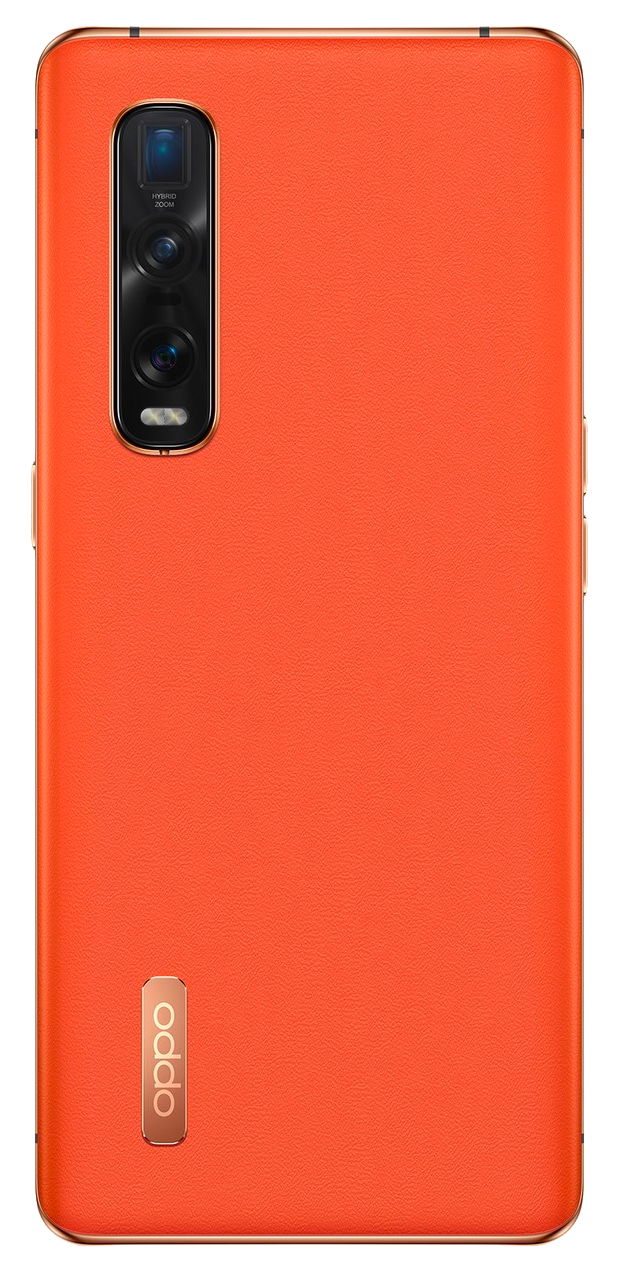
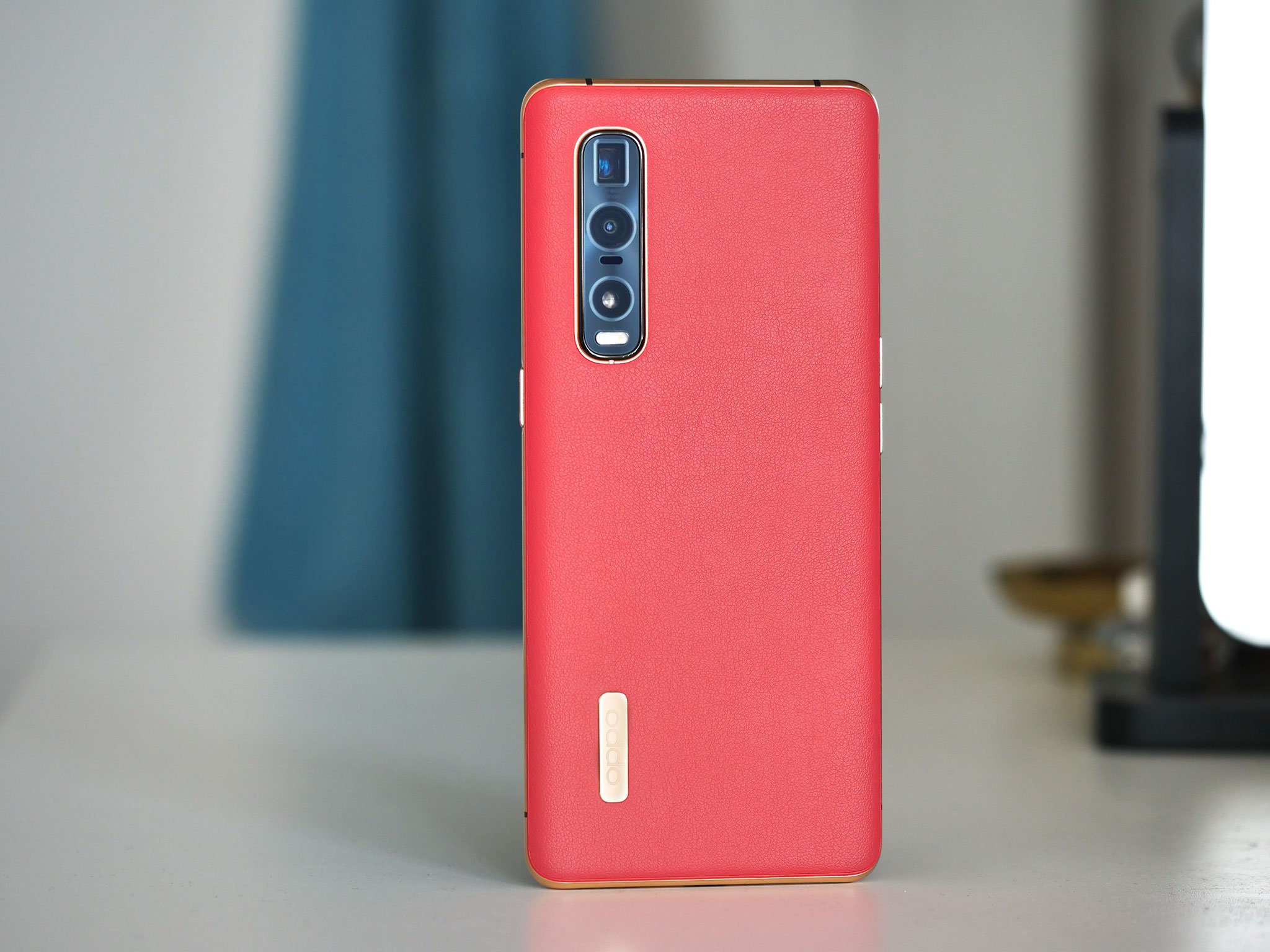
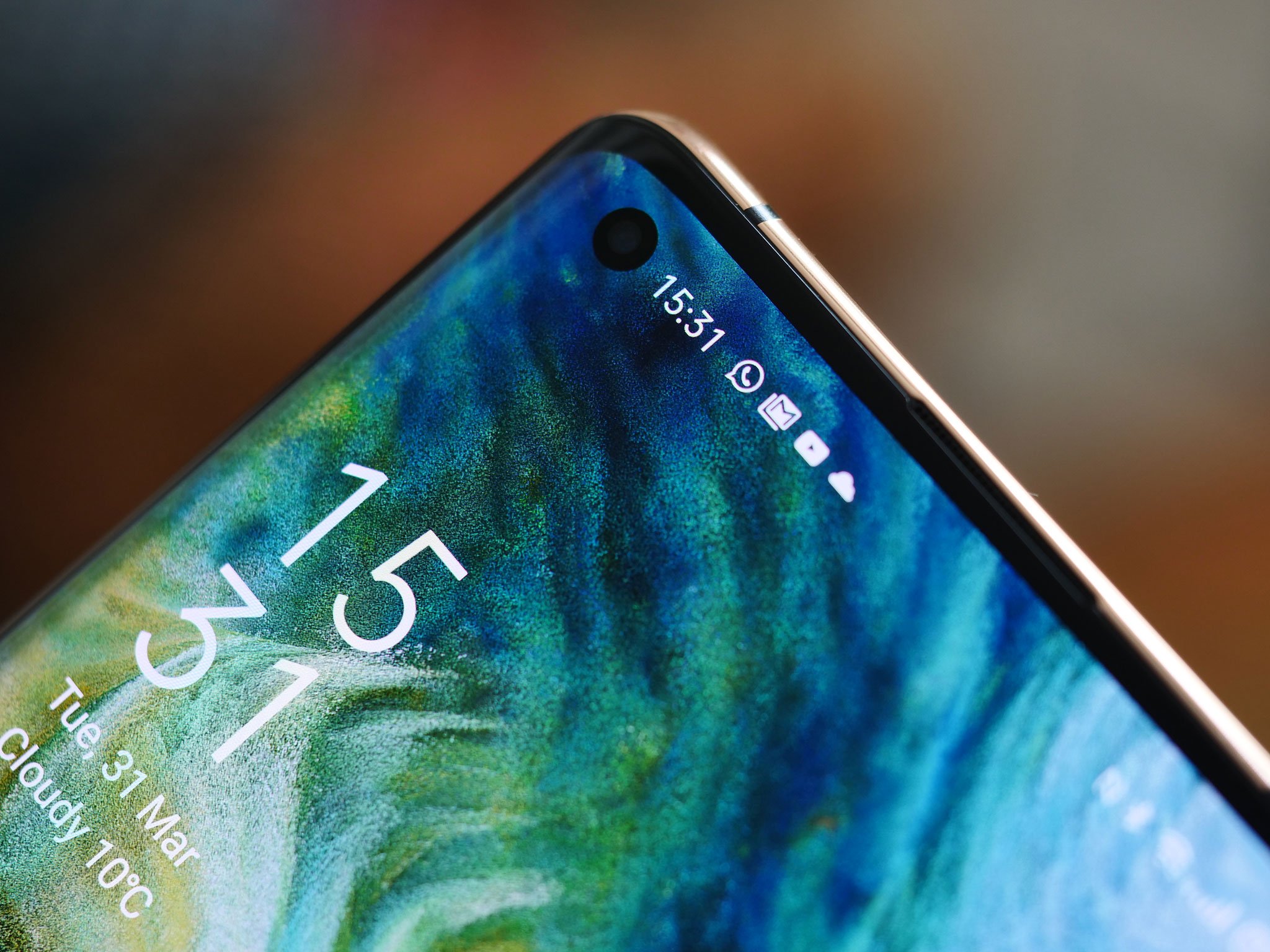
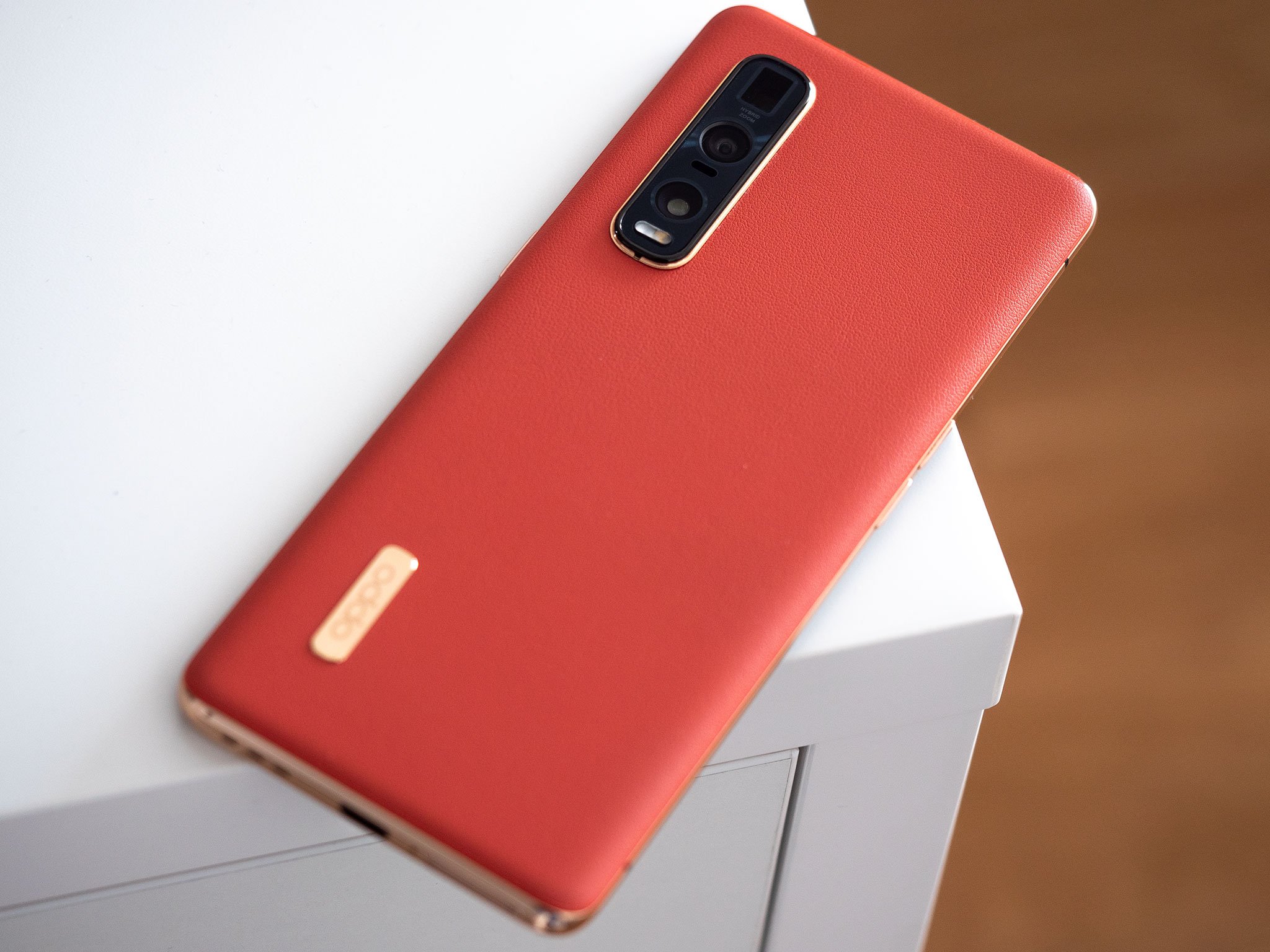
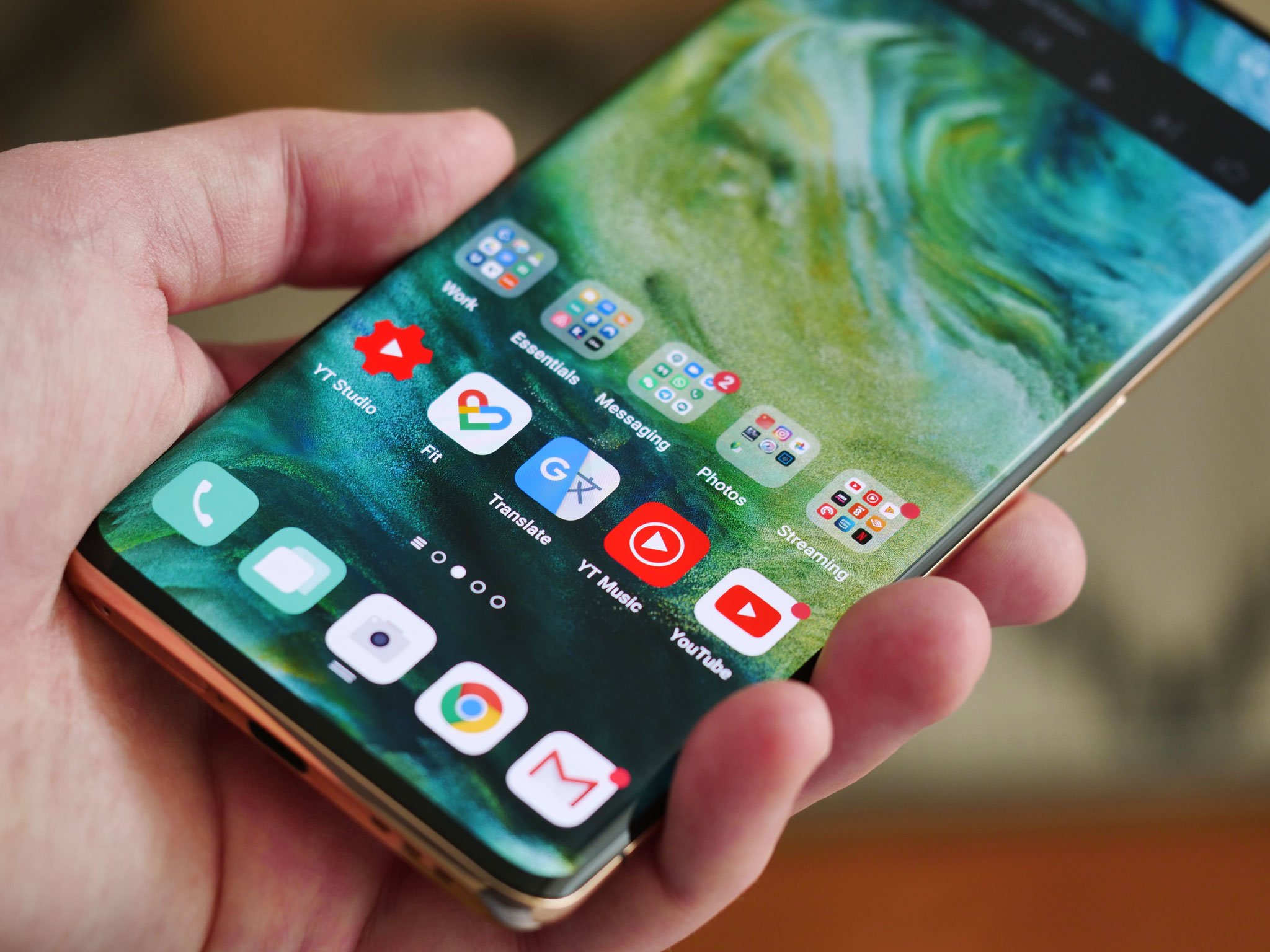
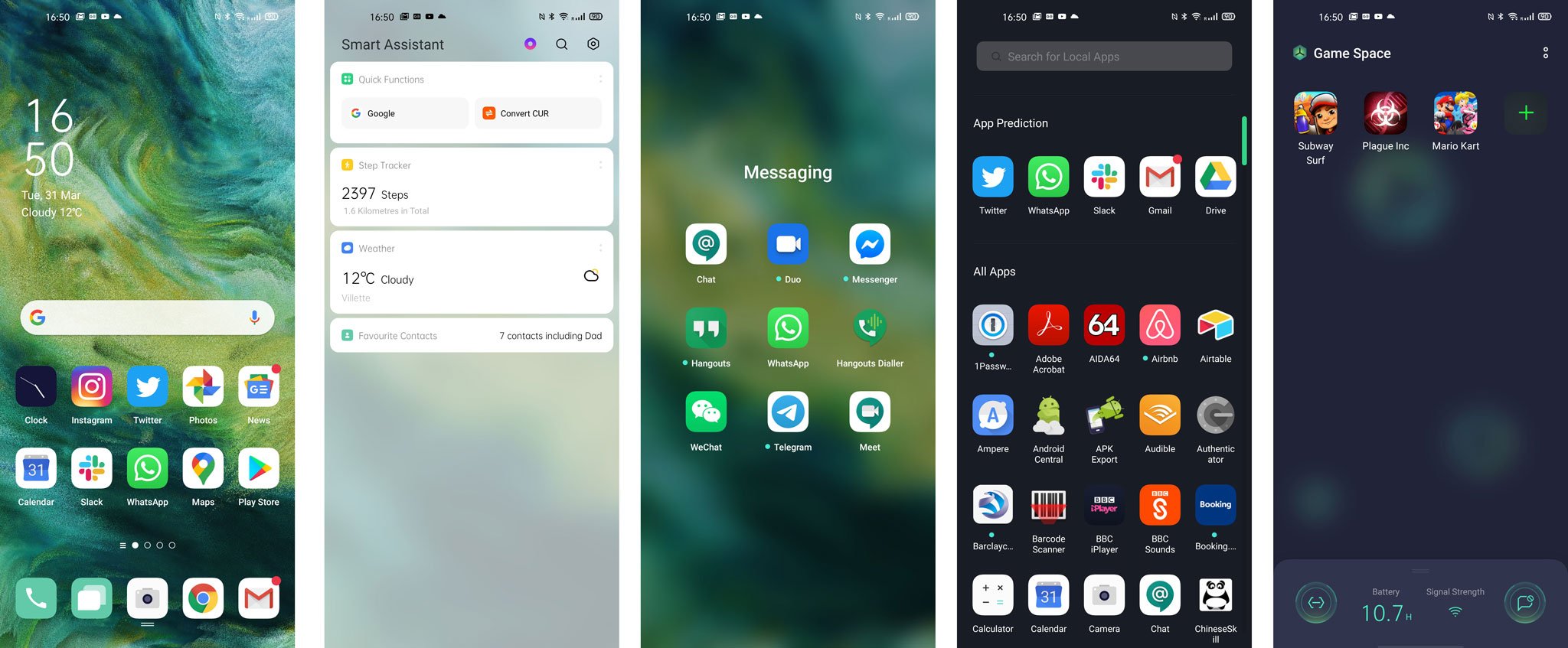
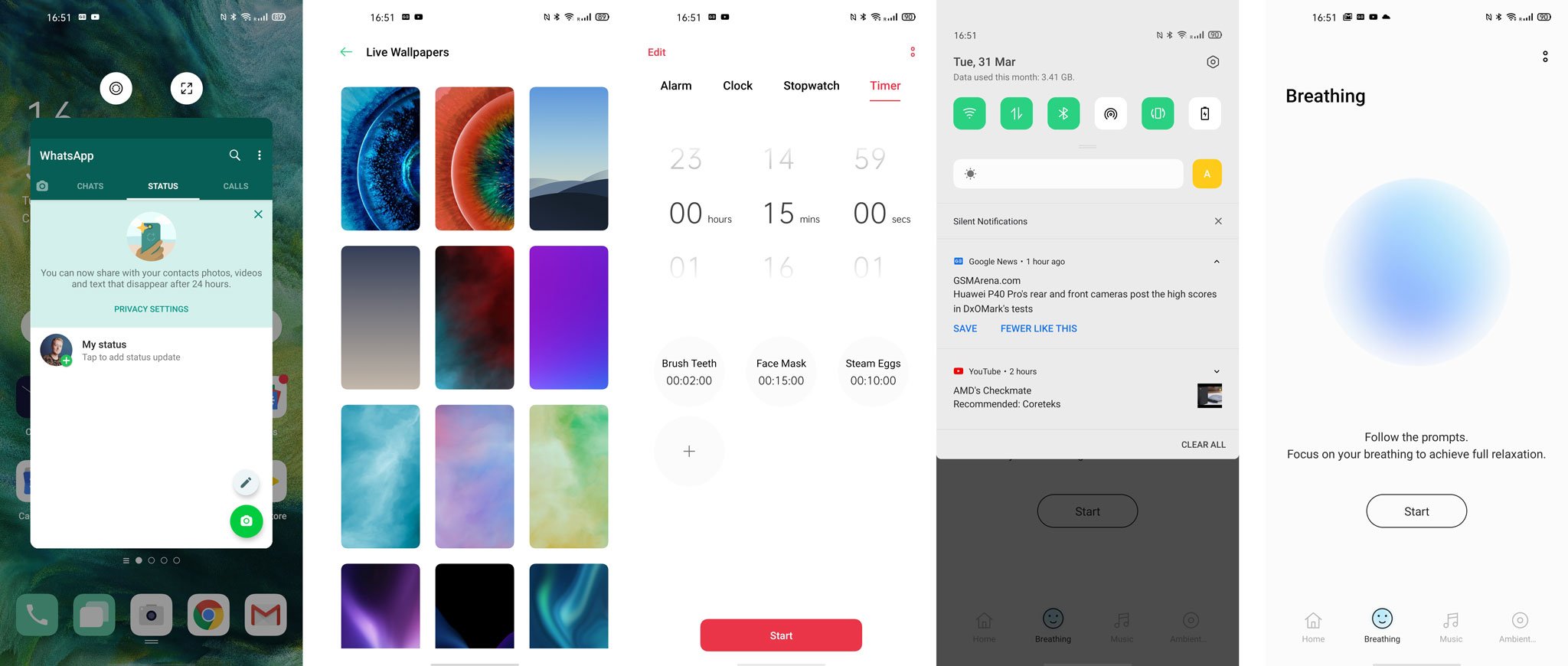
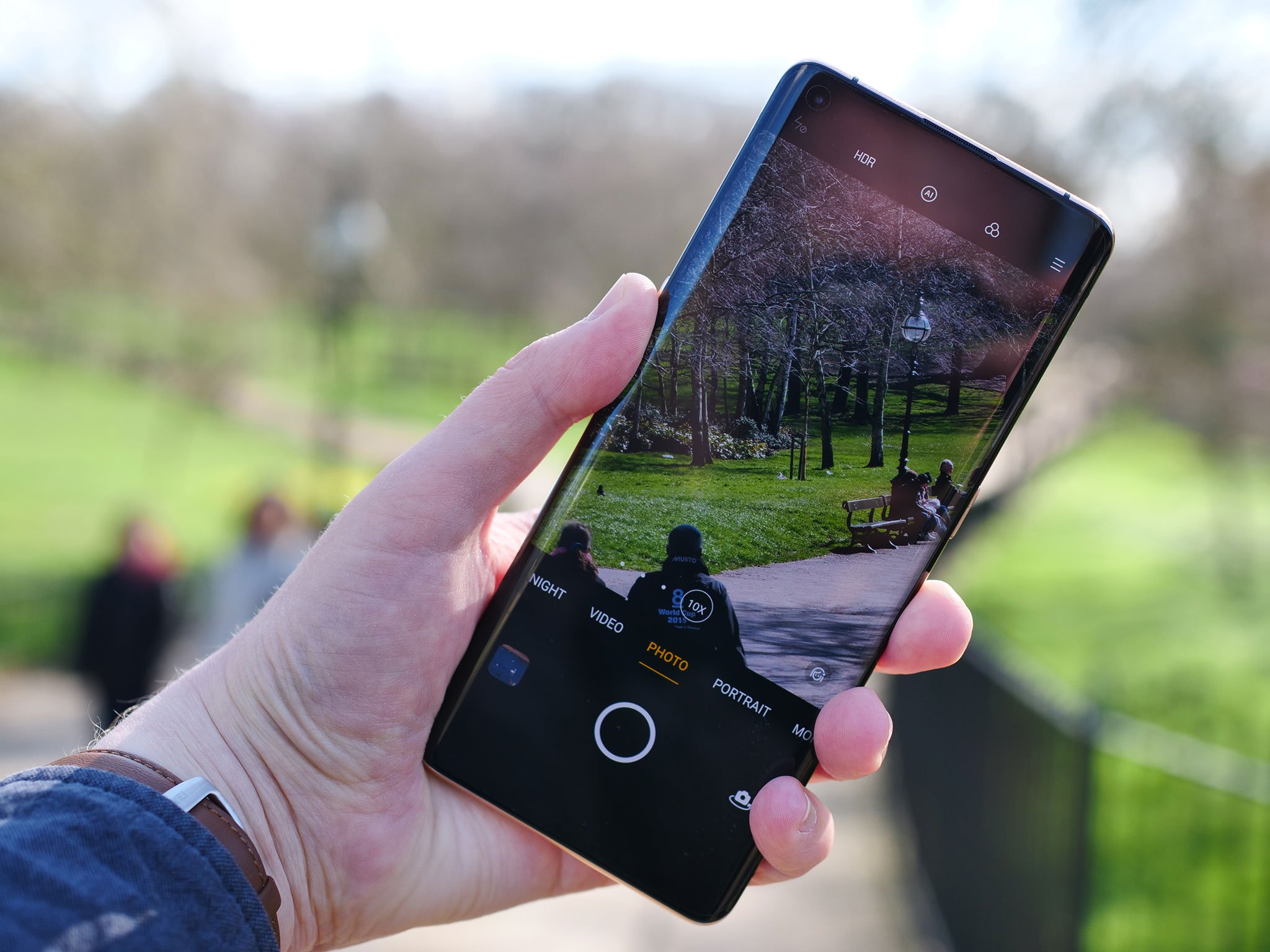















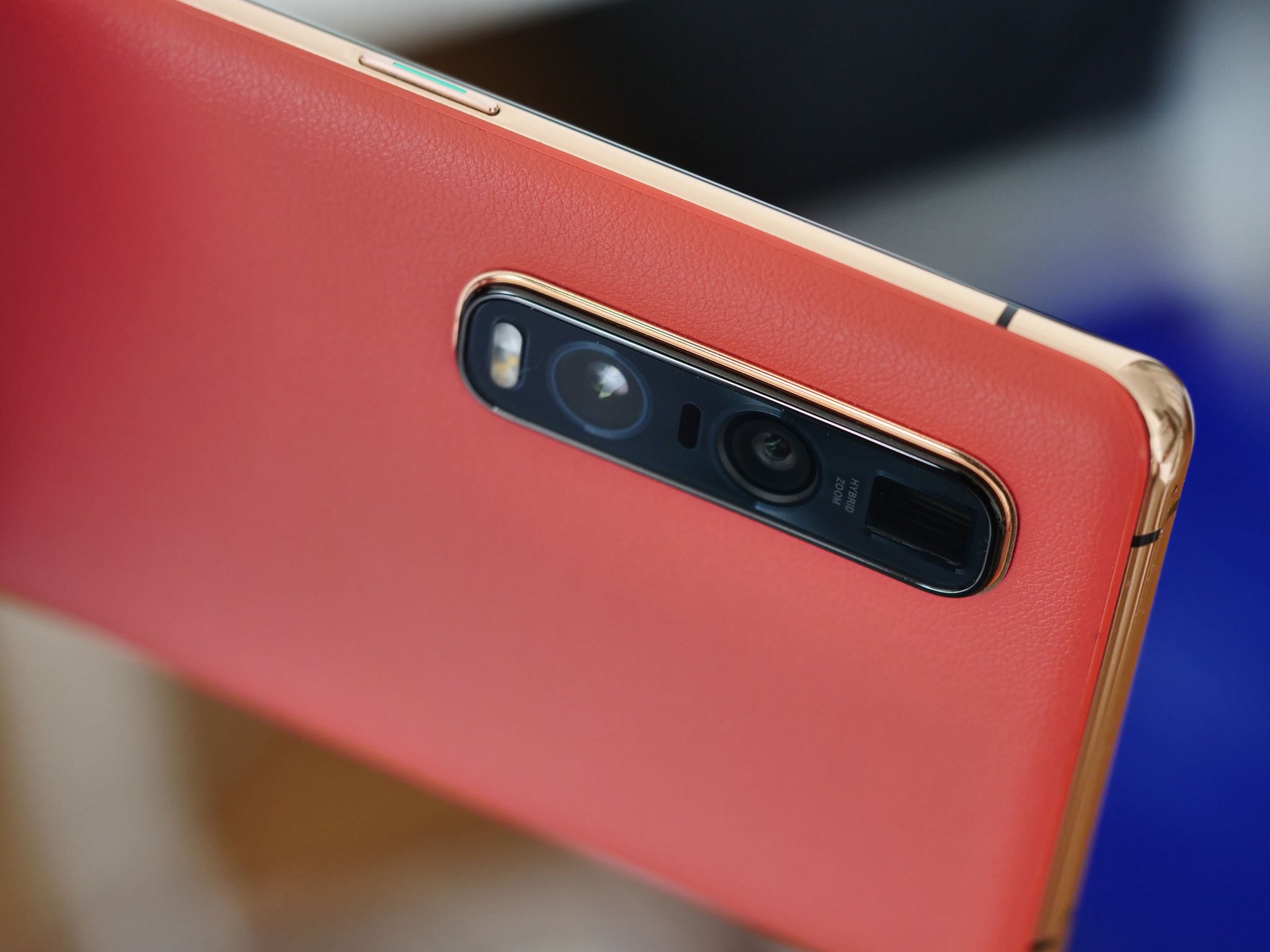
Tidak ada komentar:
Posting Komentar